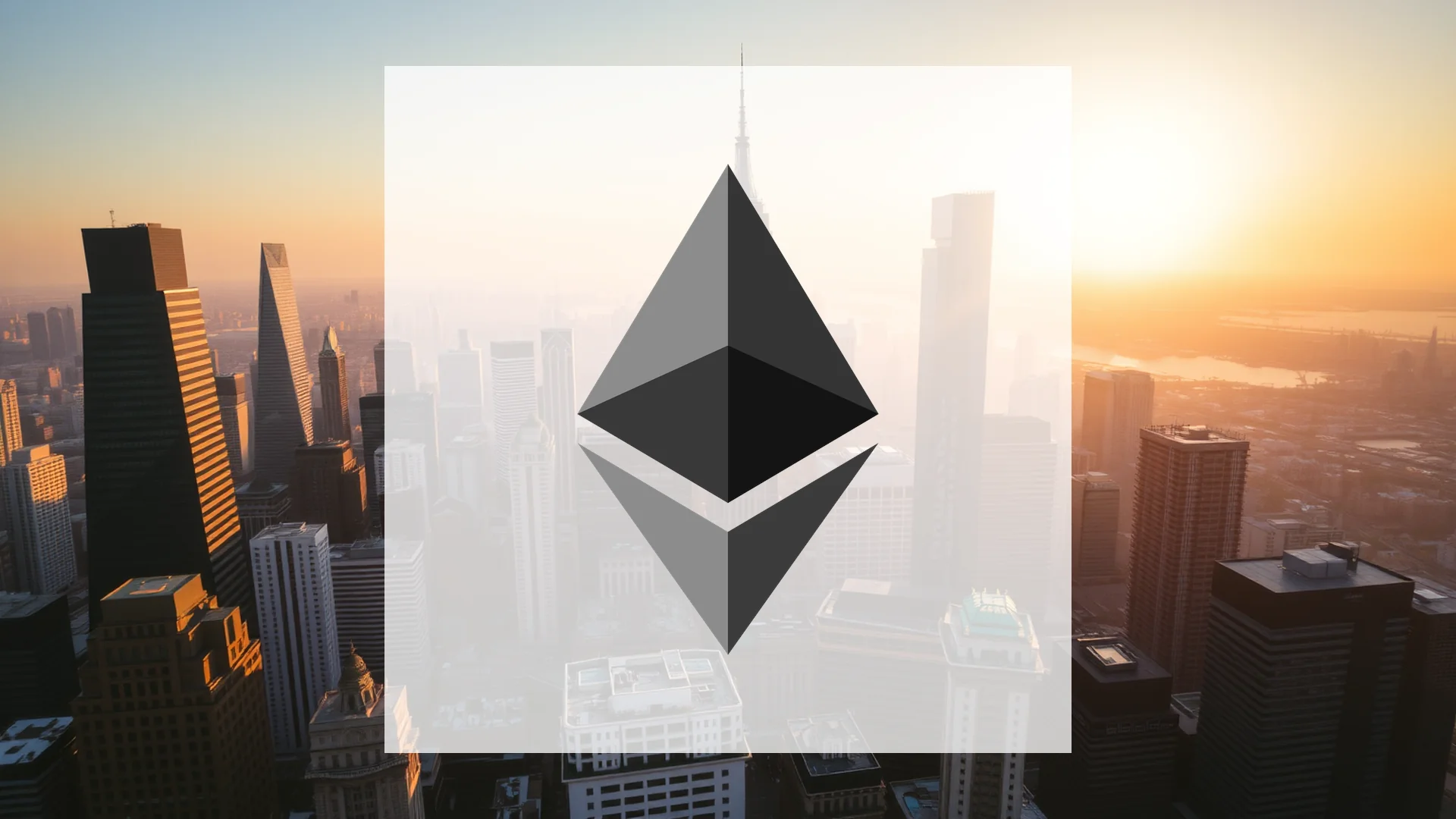The investment community finds itself divided over IBM’s trajectory. While the technology stalwart’s recent quarterly performance has drawn praise, underlying concerns about its software divisions and valuation persist. Following an impressive 40% surge over the past twelve months, shareholders are questioning whether this century-old tech giant can sustain its momentum.
Financial Performance: A Mixed Picture
IBM’s third-quarter 2025 results demonstrated significant strength, with revenue climbing 9.1% to $16.33 billion. Earnings per share substantially exceeded projections at $2.65. The company’s consulting division delivered particularly robust performance, with healthy margins across business segments. Market experts from BMO Capital Markets responded by raising their price target to $305, while Jefferies increased theirs to $300, citing the overall solid quarterly showing.
However, this optimism isn’t universally shared. Morgan Stanley adopted a more cautious stance, reducing their price target to $252 amid concerns about softening performance in Red Hat and Transaction Processing software units. Questions remain about IBM’s ability to achieve its 2026 revenue targets. Bernstein initiated coverage with a neutral “Market Perform” rating, indicating less conviction in IBM’s prospects compared to other technology investments.
Strategic Shifts and Workforce Realignment
Parallel to its financial evolution, IBM is undertaking substantial organizational restructuring. The company is eliminating thousands of positions this quarter—representing a low single-digit percentage of its global workforce. This strategic move aims to reallocate resources toward high-growth domains including artificial intelligence, hybrid cloud solutions, and quantum computing.
This restructuring underscores IBM’s fundamental transition from traditional IT services toward emerging technologies. Despite these significant operational changes, the company maintains its commitment to shareholder returns, preserving its $1.68 per share dividend—a payment with an unbroken history stretching back to 1916.
Should investors sell immediately? Or is it worth buying IBM?
Quantum Computing: The Future Wild Card
IBM’s most compelling long-term opportunity may lie in quantum computing. Research firm Melius highlights IBM’s current dominance in operating commercially available quantum computers globally. Through its “Starling” platform and the Qiskit developer ecosystem, the company has established a measurable advantage over competitors like Google and Microsoft.
The potential payoff is substantial, with projections suggesting quantum computing could generate billions in high-margin revenue beginning around 2029. IBM is targeting commercial viability by 2030—an ambitious timeline that remains several years from realization. For near-term focused investors, quantum’s financial impact will likely remain limited for the foreseeable future.
Acquisition Strategy and Future Outlook
IBM’s recent acquisition of HashiCorp represents a strategic effort to reinvigorate its software portfolio. The success of this and similar investments will be crucial for restoring growth momentum to IBM’s software operations. The company faces its next significant test on January 28, 2026, when fourth-quarter results will reveal whether current strategies are delivering measurable results.
For investors, IBM represents a compelling transformation story—balancing established enterprise business strength against visionary technologies whose commercial applications remain in development. The coming quarters will determine whether this tech institution can successfully bridge its legacy operations with future innovation, or if current market skepticism proves warranted.
Ad
IBM Stock: Buy or Sell?! New IBM Analysis from November 19 delivers the answer:
The latest IBM figures speak for themselves: Urgent action needed for IBM investors. Is it worth buying or should you sell? Find out what to do now in the current free analysis from November 19.
IBM: Buy or sell? Read more here...










